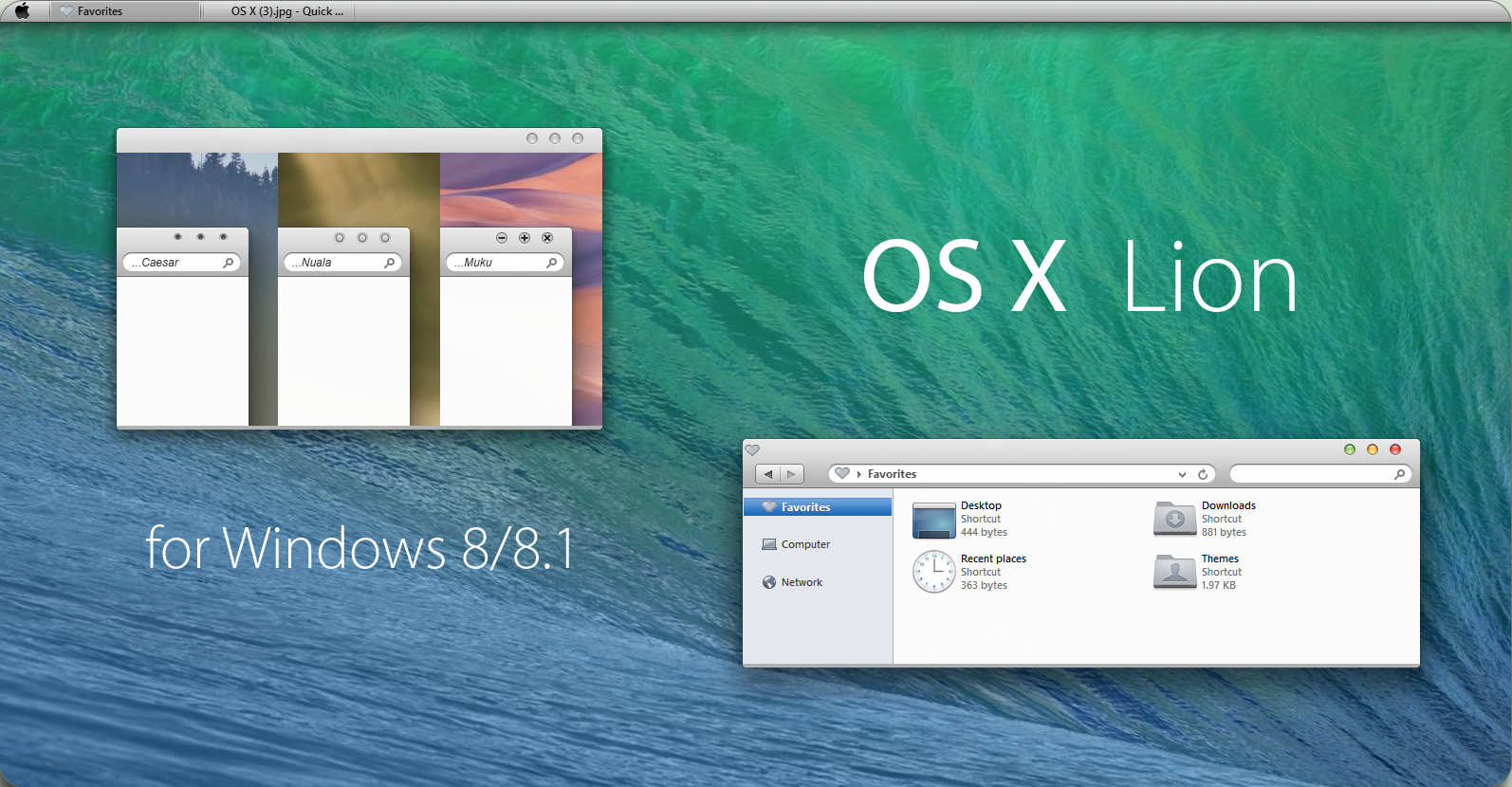
Here’s the command line I’m using for my latest build, executed from the packer directory: $ packer build \ The rest of the process is driven by Packer and is really easy. When prepare_iso is done, take note of the output at the end-it’ll tell you what the filename of your new disk image is, which you’ll need for the next step. Thankfully, disabling it is a piece of cake: $ sudo prepare_iso/prepare_iso.sh \ If you leave it enabled, the resulting virtual machine will periodically freeze. Note that as of this writing, you need to do one additional thing if you’re a VirtualBox user: stop prepare_iso from enabling the Remote Management service, which is used with Apple Remote Desktop. Applications/Install\ OS\ X\ El\ Capitan.app/ \

app and an output directory, and it’ll give you an installer disk image ready for Packer: $ sudo prepare_iso/prepare_iso.sh \ This is accomplished using the prepare_iso tool from osx-vm-templates. app your downloaded from the Mac App Store. The first thing you’ll need to do is prepare an installer disk image from the. The rest of what you need (apart from Vagrant and your virtualization solution) is either in the osx-vm-templates repo or already on your Mac. app from the Mac App Store for the version of OS X you want to Vagrantize. You’ll also need Packer to build the boxes, and an installer. VirtualBox is serviceable, but not a great performer. free) and brewdo is my only need for virtualized OS X. I personally use Vagrant’s built-in VirtualBox support, because it’s much cheaper (i.e. Tim recommends using VMware Fusion with the VMware Fusion provider. I use (and have contributed VirtualBox support to) Tim Sutton‘s excellent osx-vm-templates project to build Vagrant boxes for OS X. OS X on Vagrant is achievable, and without skirting Apple’s copyright.

And although Apple gives permission to virtualize it, they don’t give permission to share copies of it.īut all is not lost. If brewdo targeted Linux, I could very easily use Vagrant to spin up a Linux system and develop it there. Because I need my MacBook to keep working day-to-day, I need a way to develop features and fixes in brewdo without risking my system’s integrity. I maintain an OS X tool for sandboxing the popular Homebrew package manager called brewdo.


 0 kommentar(er)
0 kommentar(er)
